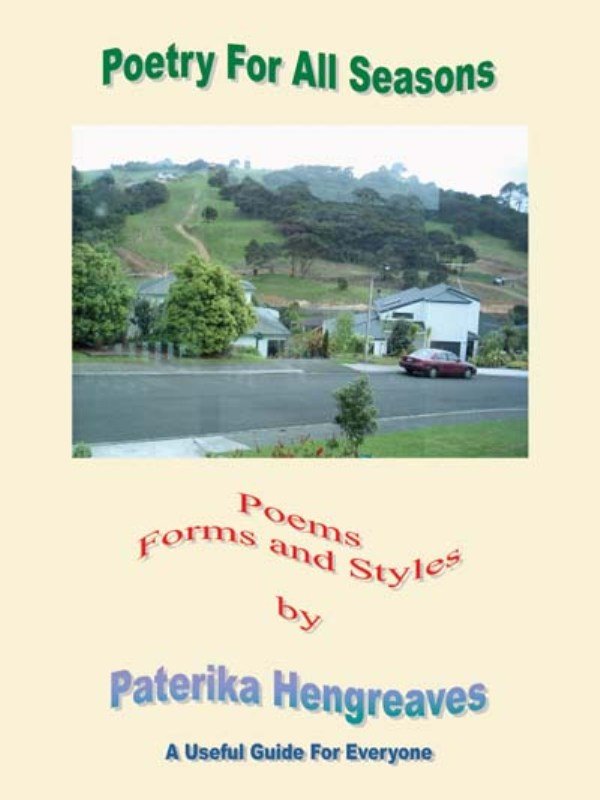The Ode is a majestic and intricate form of lyrical verse unlike the epic and dramatic poetry which tells a story. The Ode, rather than depicting characters and actions, the poet’s narrator addresses the reader directly, portraying his/her own feelings, states of mind and perception.
There are many forms of Odes I have come across. So we have got
- Dorian or Choric Ode designed for singing.
- The Pindaric Verse which emerged from the Dorian or Choric Ode. In Greek literature, a poem designed for song, of various meters and of lofty style named after its creator, the classical Greek poet, Pindar. The Pindaric Verse though metrically complex, and varies from one ode to another, regularly consists of a similarly-structured strophe and antistrophe, followed by an epode of different length and structure.
In classical poetry, a strophe is the first division in the triadic framework of Pindaric Verse, corresponding metrically to the antistrophe in ancient lyric poetry. In modern poetry, a stanza or rhythmic structure of two or more verses arranged as a unit.
Antistrophe is the second division in the triadic framework of the Pindaric Verse, corresponding metrically to the strophe. Also, the stanza following or alternating with and responding to the strophe in ancient lyric poetry.
An epode is a type of lyric poem in which a long verse is followed by a shorter one, or the third and last part of an Ode, or the third part of a triadic Greek poem or Pindaric Verse following the strophe and the antistrophe.
Jonson used the terms: turn, counterturn and stand in place of the strophe, antistrophe, and epode of the Pindaric ode. The counterturn repeats the metrical pattern of the turn, while meter of the stand is varied. The pattern established in the first triad is then repeated in the remaining groups. Click here for an example.
- Aeolic or Horatian ode relates to or resembles the work and style of the Roman poet, Horace. This form of ode consists of a series of uniform stanzas, complex in their metrical system and rhyme scheme. The Greek version is called the Aeolic Ode. Horatian odes are characteristically less elaborate and more restrained than Pindaric odes. John Keats’ “Ode to a Nightingale” is an example of a Horatian ode. Click here to read his poem.
- The Irregular Ode is most commonly used in English poetry. It contains the lofty Pindaric style, but allows each stanza to establish its own pattern, rather than follow a regular strophic structure. William Wordsworth is exemplified by this type of ode. Click here to read his ode
- The Homostrophic Ode consists of a number of stanzas alike in structure and rhyme scheme; the poet is free to choose – the structure of the basic structure, its number of lines, line length, and rhyme scheme – in accordance with the demands of the contents.
- Epinicion is an ode in praise of a victory in the Greek games or in war.
- Anacreon Ode is a style created by the Greek poet, Anacreon. Convivial in tone or theme, it relates to the praise of wine and love, as in Abraham Cowley’s Anacreontiques. Click here to read Cowley's poems.
Not an American I was pleasantly surprised to learn that the National Anthem of the United States of America, “The Star Spankled Banner, Francis Scott Key’s 1814 poem was set to the song of the day, “To Anacreon in Heaven”, composed by John Stafford Smith as a drinking son for London’s Anacreontic Society. In 1931 it was officially adopted by the United States Congress as the National Anthem.
to read the words of this lovely ode, the Star Spankled Banner. Oh! I tell you live and you learn. Quite an interesting piece of facts, I’d say. I read all the words to the Star Spankled Banner and they are absolutely magnificent and the musical rendition awesome as well. It is a pity that one only gets to hear the first stanza at ball games. As the world stands now I think the time is right for all the words to this majestic anthem, the “Star Spankled Banner” is sung no cropping of the lyrics.
Based from the background knowledge I have on the various kinds of odes I took on the task of writing odes to coincide with some of the ode structures. However, I'm not ready for the Pindaric Verse. I did have a crack at the Horatian Ode, the Irregular Ode and the Homostrophic Ode as listed below. These are my recent but modest strivings so please be gentle with me...smiling.
Ode to Poetry (Irregular Ode)
Ode to a Buckeye Tree ( Homostrophic Ode in Iambic Pentameter Sexain with rhyme scheme ababcc)
Ode to a Hibiscus Bush (Horatian Ode in Iambic Pentameter with rhyme scheme ababcdedce)
Ode to a Swing Bridge Bulldozed (Homostrophic Ode in Septet with rhyme scheme abcddee)
Ode to the Ghost of Sam Lord (Irregular Ode)











No comments:
Post a Comment